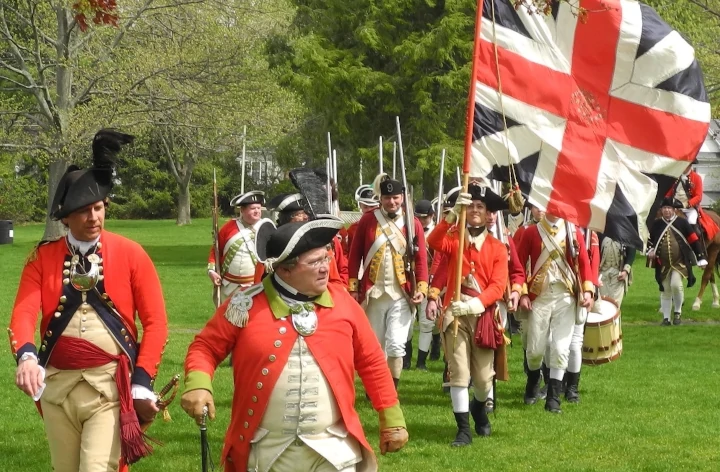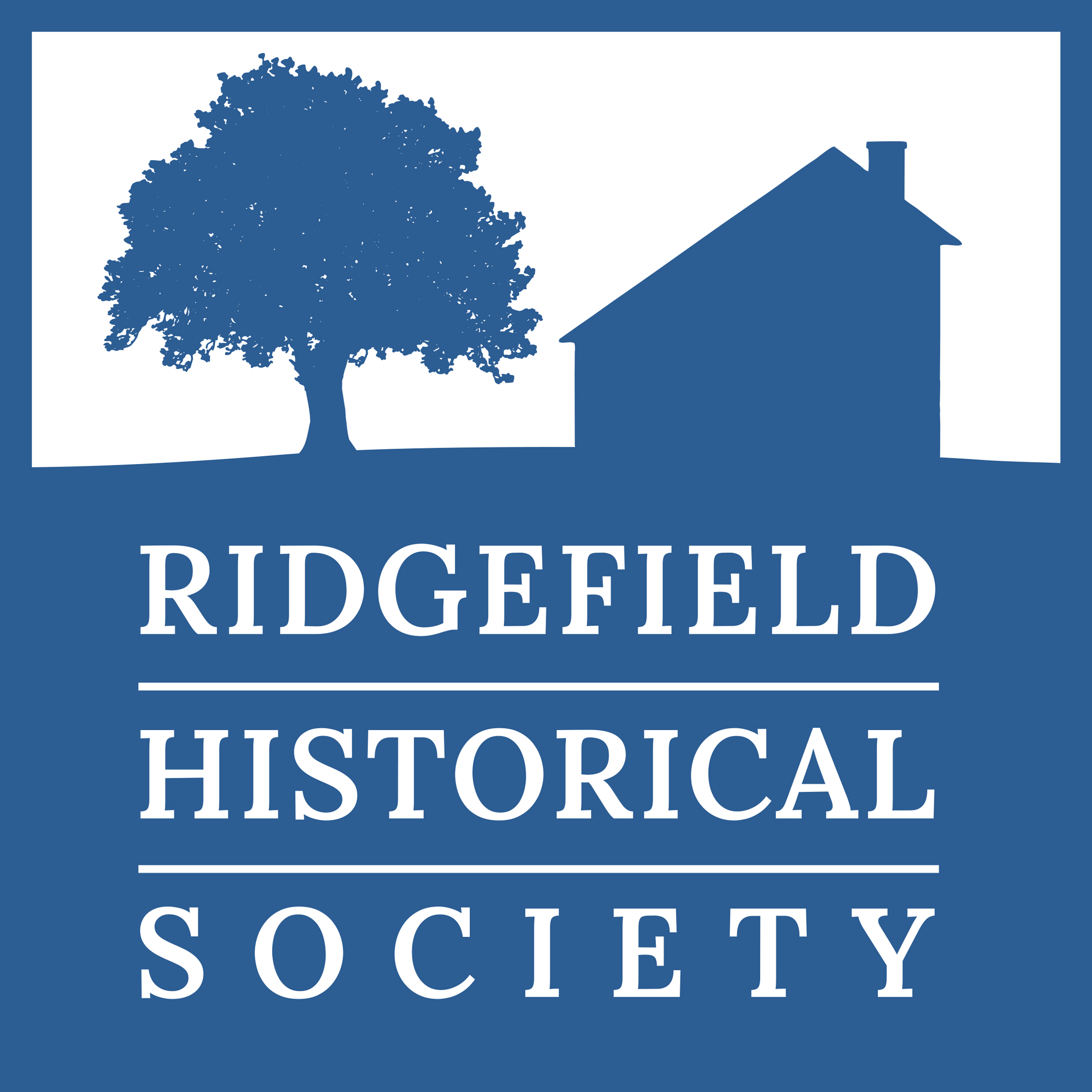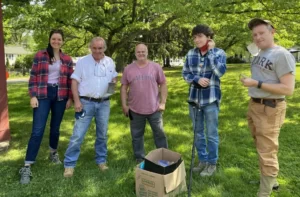In their quarterly report to the Battle of Ridgefield Advisory Group, David Naumec and Kevin McBride explained the significant findings and insights that research has uncovered.

It is considered noteworthy that the British launched a diversionary force to threaten U.S. forces along the Hudson River, which drew troops from the First Connecticut Regiment in Danbury to the aid of Peekskill as well as the 6th Massachusetts Regiment in western Massachusetts.
Dr. Naumec told the committee that the diversion suggested a well-thought-out attack. As the research continues, the marching and battle formations of the British and American forces are becoming more detailed.
One interesting aspect of British reports is that they did not account for wagons and wagoneers in their official tallies of troops and casualties, but several primary sources note that the British did bring wagons to possibly carry supplies and to carry away American stockpiles. Wooster’s Division captured much of the wagon train at the rear of the British column and accounts of the battle report high numbers of prisoners of war, who may have been the wagoneers and possibly wounded British soldiers who were being transported on the march back to Westport.
Wooster’s Division was larger than the known 200 Connecticut Militia assigned to him (Generals Arnold and Silliman had the remaining 400 troops who’d arrived under Wooster’s command), with the addition of companies from the north and troops from Westchester as well as individual soldiers and volunteers. The Heritage Consultants’ estimate is 300 soldiers with Wooster and 500 with Arnold and Silliman; they judge that Wooster’s men may have been the better trained and somewhat more veteran soldiers.
A key element in the battle study is the consultants’ finding that combat was going on throughout the British march through Ridgefield: rather than three discrete “engagements,” British accounts describe skirmishing and small ambushes that became more common as the British advanced from Ridgebury. The engagement at the barricade on north Main Street was followed by fighting through the center of town, most likely including on High Ridge, and is thought to have ended when the British halted and camped overnight on land between Wilton Road West and the present-day Soundview Road.
An aspect of British practice that is being examined is the burning of houses or buildings from which troops took American gunfire. The consultants said that while the British may have also burned structures that contained military stores, generally they did not want to randomly burn houses and risk turning potential Loyalists against the Crown. Finding records of houses that were burned (or were shown on maps dating before the battle, but not on maps drawn after the battle) may suggest areas where fighting occurred.
Research on these and many other factors in the Battle of Ridgefield continues. A final report will be presented in 2022.







